Have you ever looked at a famous painting and felt there was a secret message hidden within? Artists often leave little clues in their work that tell us more about what they were thinking and feeling when they created their masterpieces. These details can be like secret whispers from the past, inviting us to look closer and discover the stories and meanings behind the brushstrokes.
The Last Supper (Leonardo da Vinci)
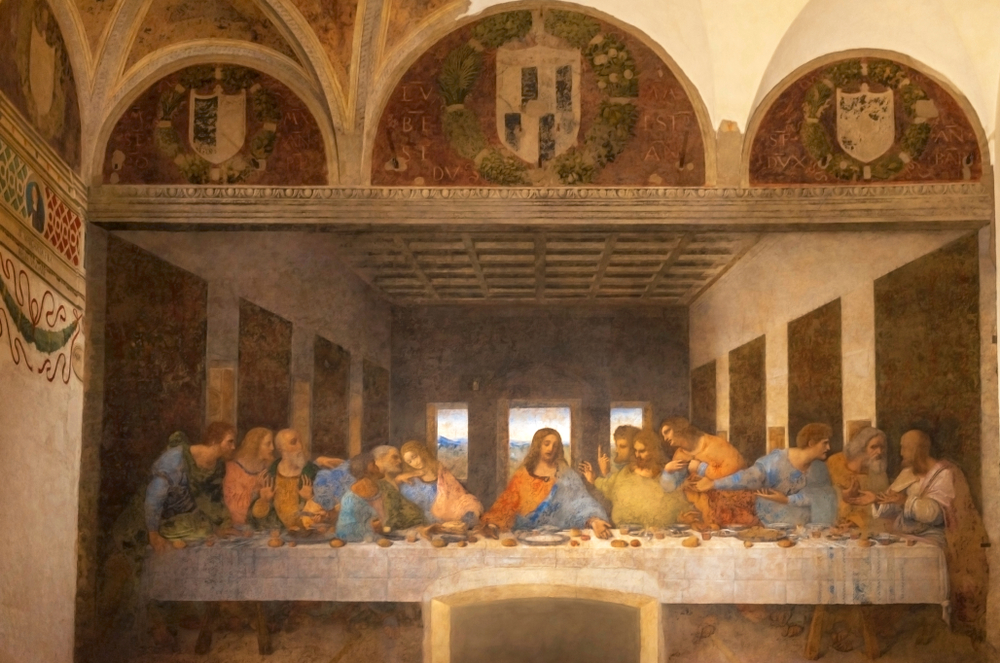
In this painting, da Vinci includes a number of details that have led to various interpretations. One notable detail is the positioning of the apostles and the mysterious figure to the right of Jesus, often speculated to be Mary Magdalene. Additionally, the hand holding a knife and its placement have sparked theories about tension and betrayal themes.
The Creation of Adam (Michelangelo)
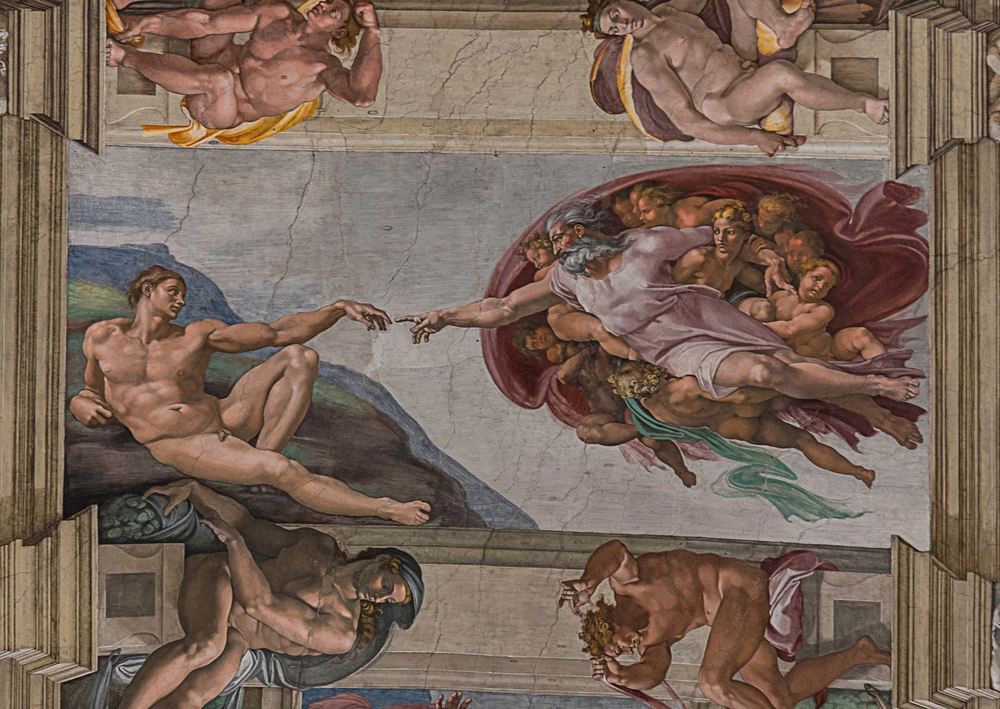
On the Sistine Chapel’s ceiling, this fresco’s central figures, Adam and God, are surrounded by a shape resembling a human brain. Scholars suggest Michelangelo, known for his anatomical knowledge, might have intended to imply that God was imparting not just life but also intellectual life to Adam, symbolizing the creation of human consciousness.
The Birth of Venus (Sandro Botticelli)
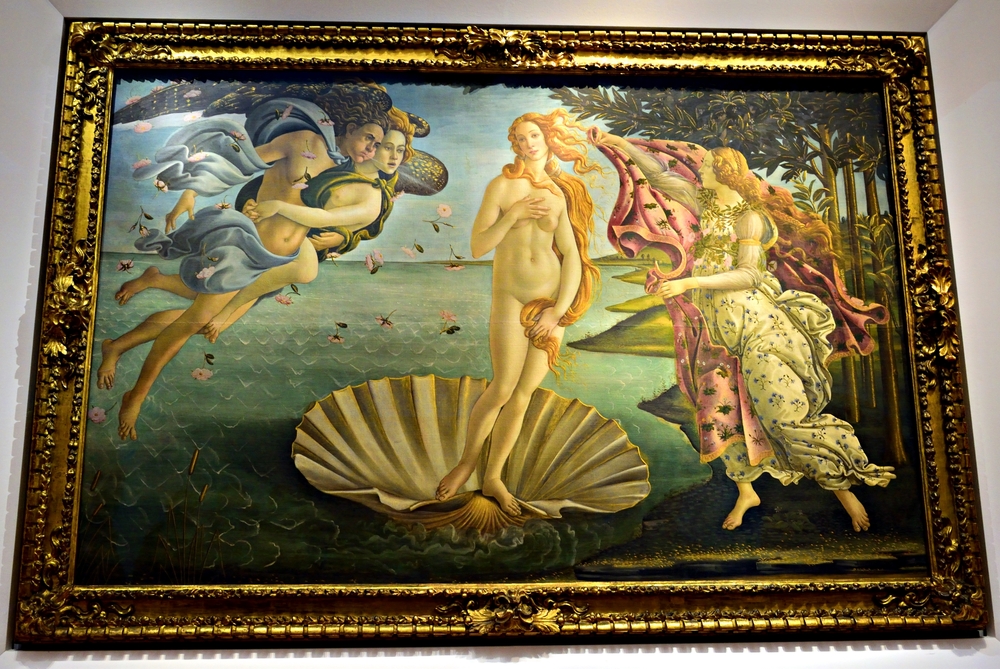
Beyond its obvious beauty, this painting is thought to contain Neoplatonic interpretations, with Venus symbolizing the connection between the spiritual and material worlds. The way Venus is depicted, standing on a shell, has been interpreted as a symbol of the divine love bridging heaven and earth.
School of Athens (Raphael)
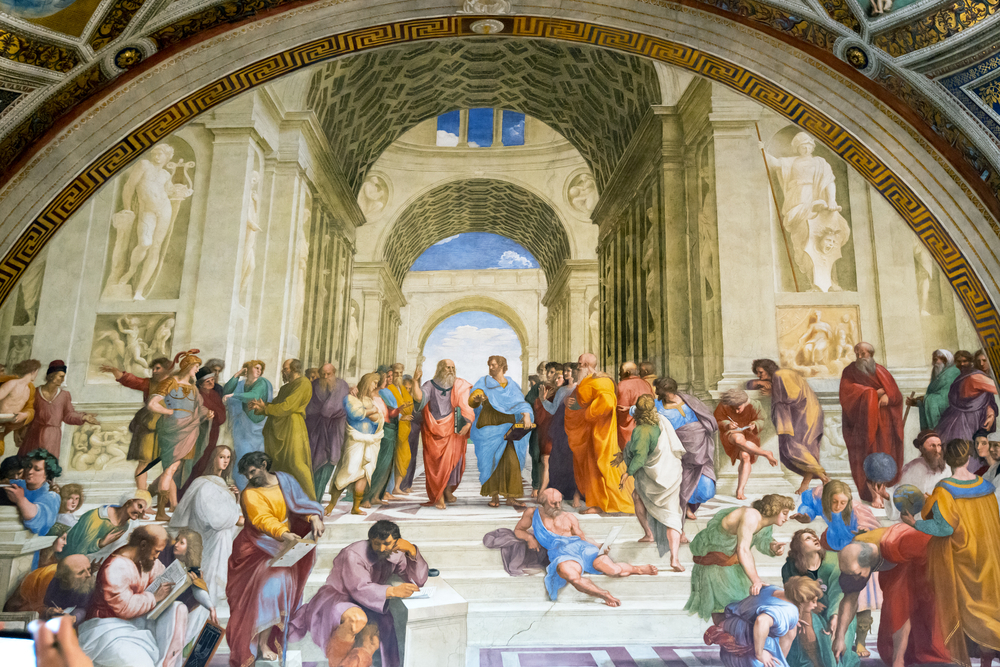
Representing philosophy, this fresco in the Vatican shows an assembly of the great thinkers of the ancient world. The central figures of Plato and Aristotle, surrounded by other philosophers, symbolize the breadth of knowledge from the metaphysical to the practical.
The Scream (Edvard Munch)
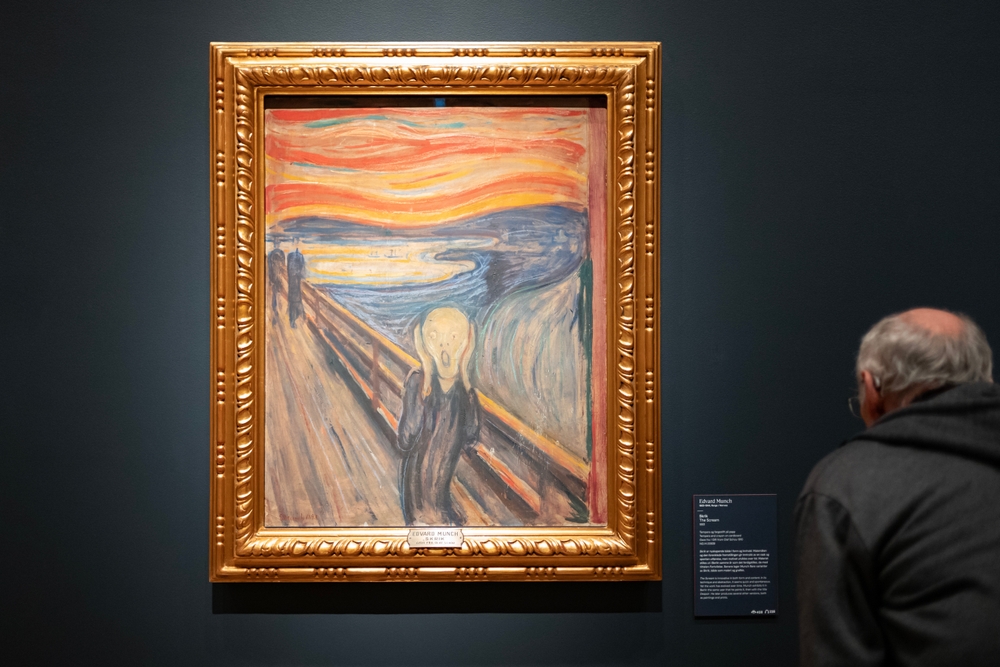
The blood-red sky in this painting is often interpreted as a reflection of Munch’s inner turmoil and anxiety. However, some scientists suggest it could also depict the actual appearance of the sky caused by the volcanic eruption of Krakatoa in 1883, which affected global weather and sky colors.
Mona Lisa (Leonardo da Vinci)
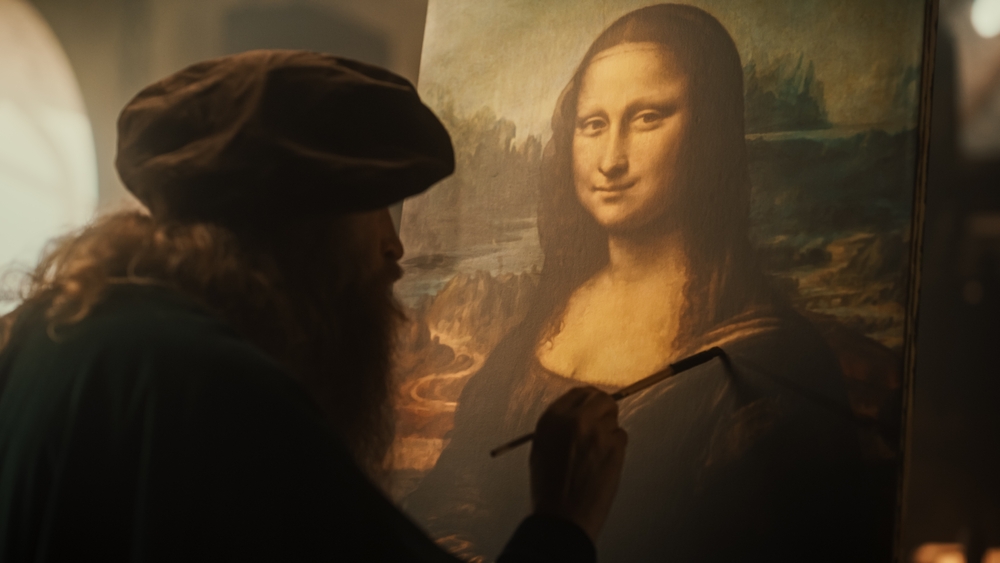
The Mona Lisa’s enigmatic smile has led to numerous interpretations over the years. Some believe it changes when viewed from different angles or distances. Additionally, her unadorned clothing, lack of jewelry, and the landscape’s fantastical elements suggest a complex narrative beyond a simple portrait.
The Hay Wain (John Constable)
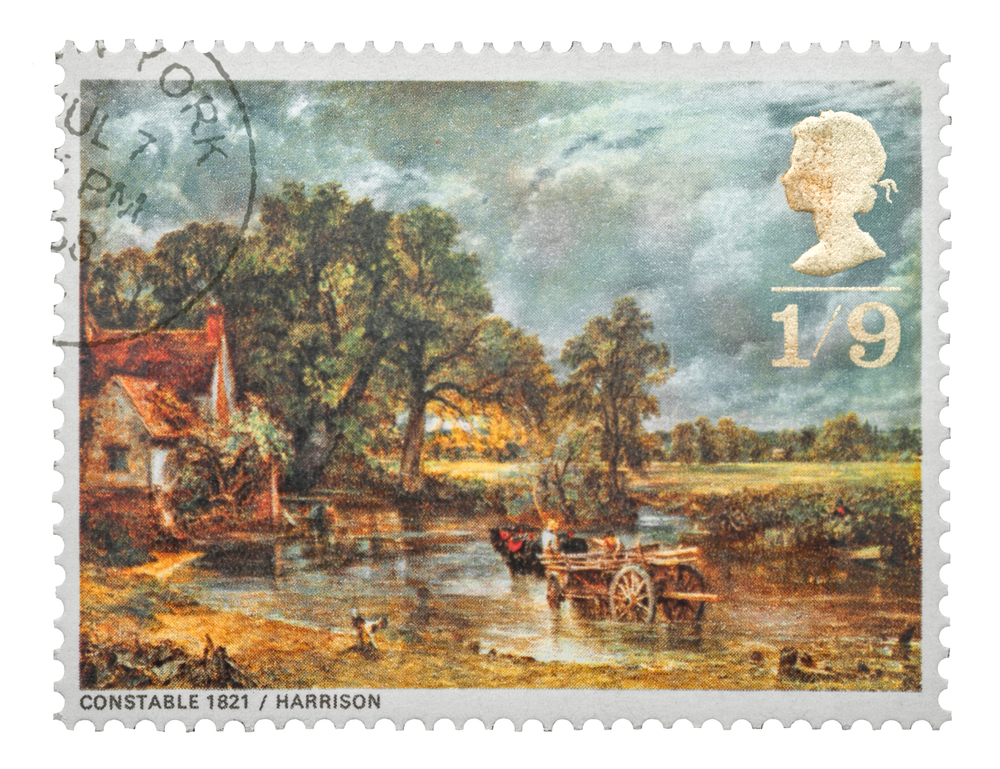
This landscape painting depicts the rural British countryside with a nostalgic and idealized view. The attention to natural detail and the serene setting reflect Constable’s admiration for the English landscape and his desire to capture its transient beauty.
Guernica (Pablo Picasso)
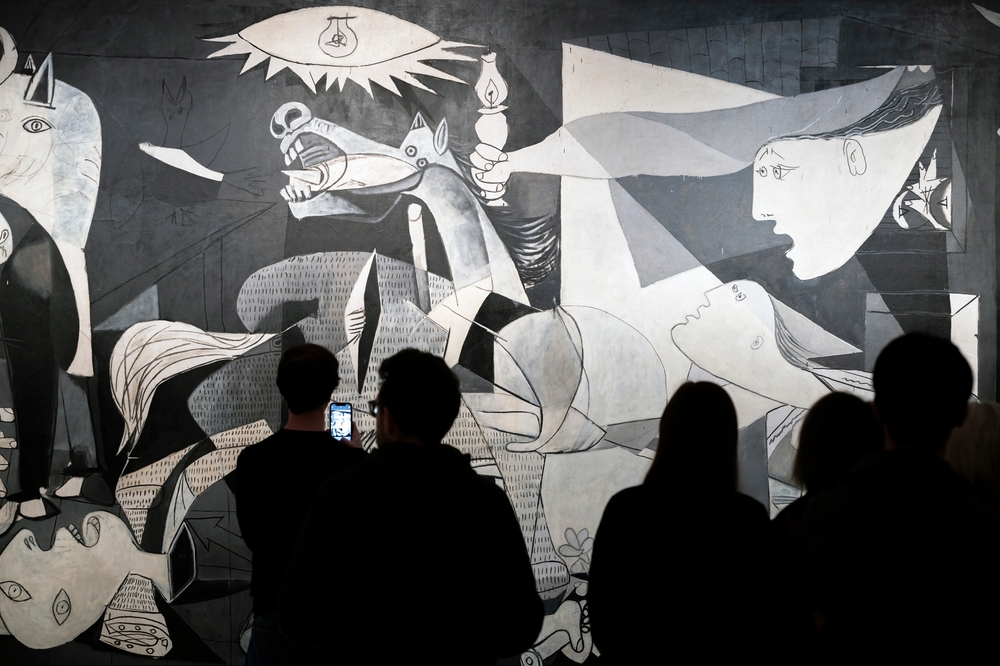
This masterpiece is a political statement on the horrors of the Spanish Civil War, particularly the bombing of Guernica. The chaotic composition, the distorted figures, and the black, white, and grey palette symbolize the pain, suffering, and chaos of war.
Las Meninas (Diego Velázquez)
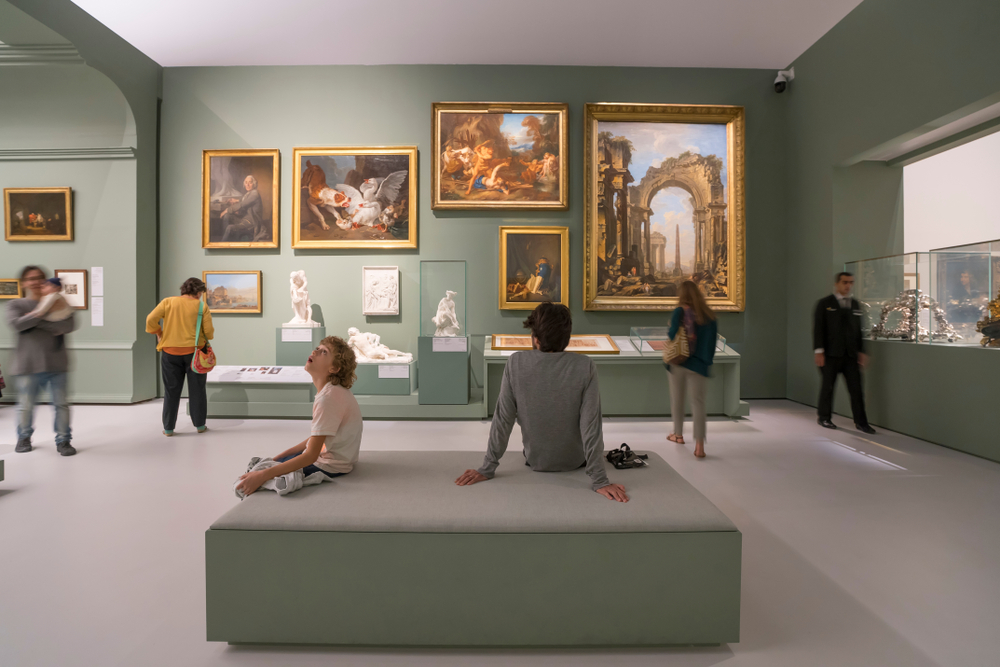
This painting is renowned for its complex play of perspective and the ambiguity of its subject matter. Velázquez portrays himself painting the royal family, but the mirror in the background and the gaze of the characters create a multifaceted view of reality and illusion.
The Ambassadors (Hans Holbein the Younger)
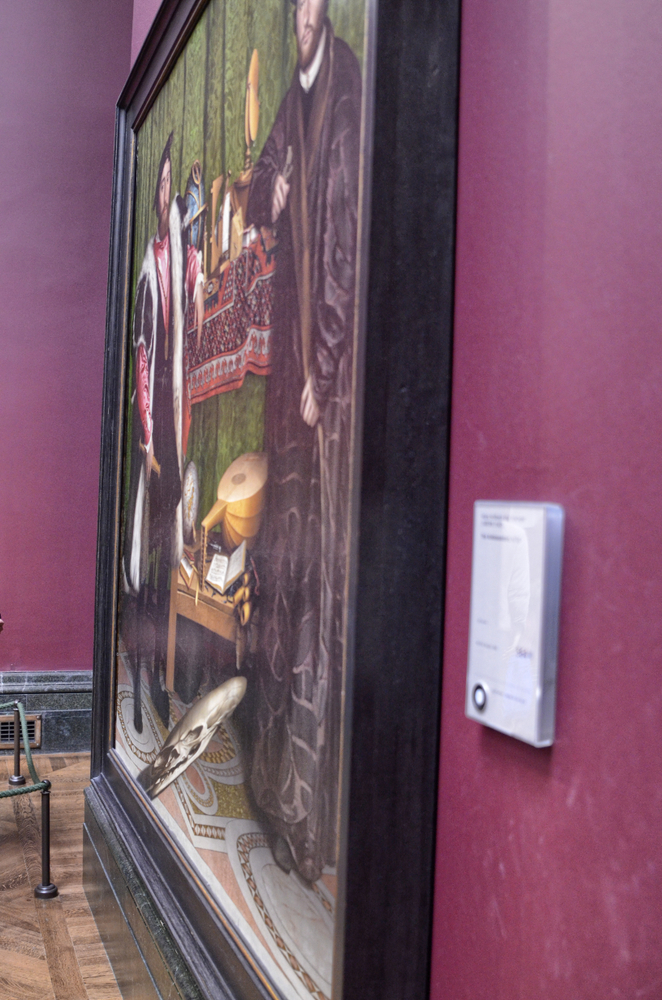
This painting is famous for its anamorphic skull, a distorted image that can only be viewed correctly from a certain angle, symbolizing mortality and the transience of life. The detailed objects scattered throughout also reflect the wealth and knowledge of the Renaissance.
The Starry Night (Vincent van Gogh)
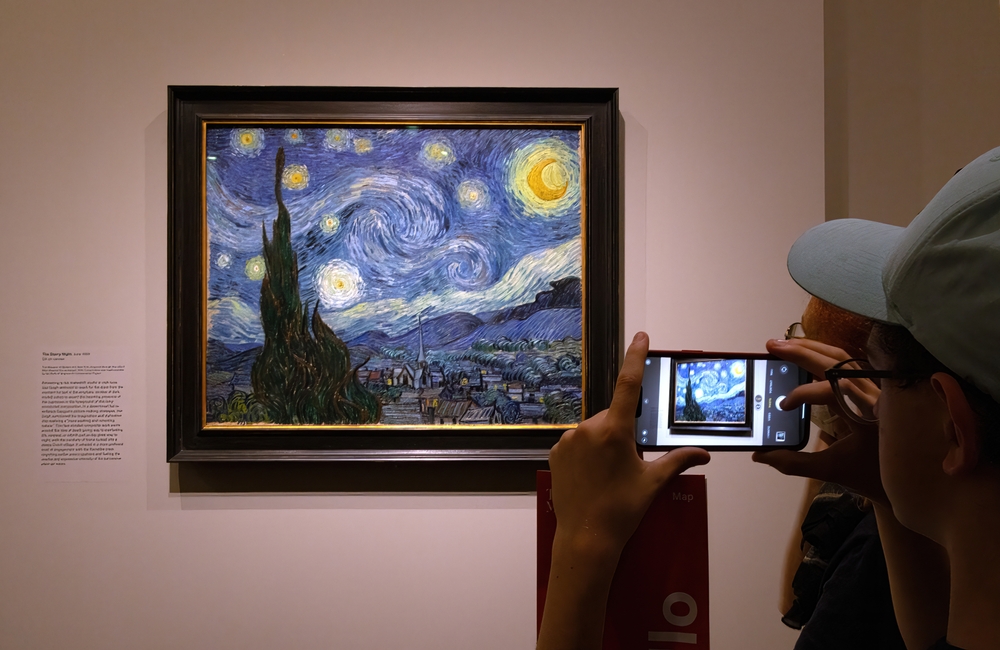
This iconic work, with its swirling night sky and bright stars, is often seen as a reflection of Van Gogh’s inner feelings and turmoil. The intense, emotional brushstrokes and the cypress tree reaching toward the sky are interpreted as symbols of his longing for peace and stability.
The Night Watch (Rembrandt)
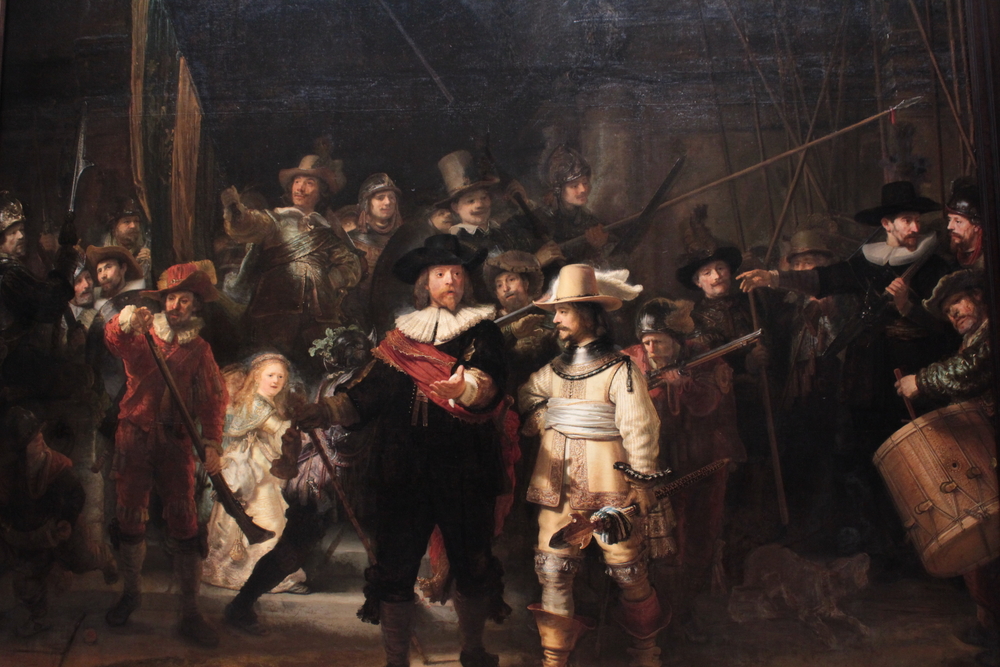
This painting is famous for its use of light and shadow, which not only highlights the main characters but also creates a sense of movement and depth. Some theories suggest hidden figures and symbols in the darker areas, potentially representing the broader societal roles of the militia group depicted.
The Garden of Earthly Delights (Hieronymus Bosch)
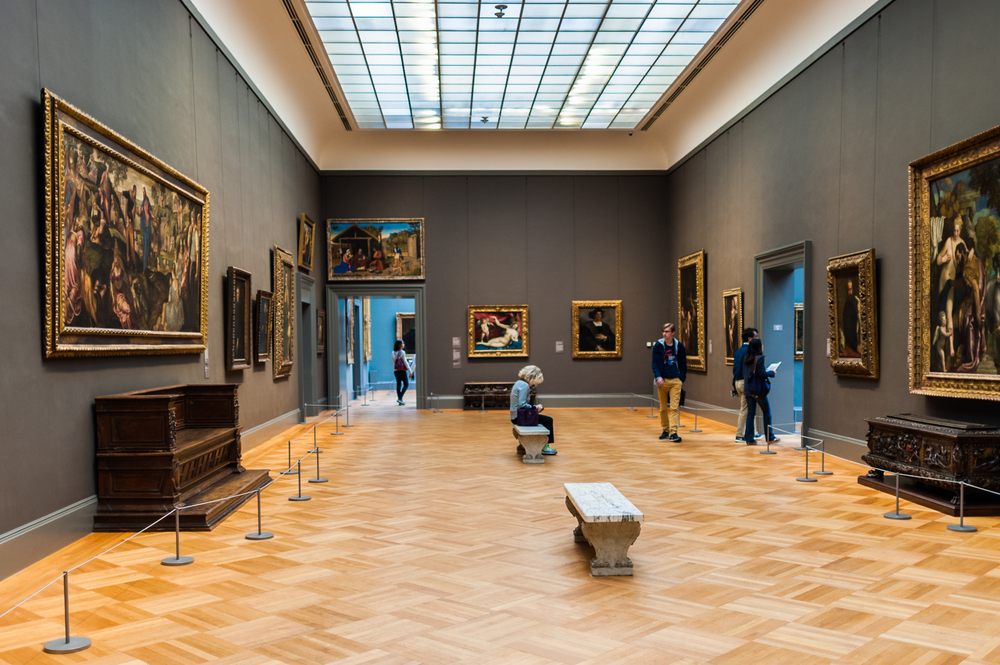
This triptych is filled with surreal, bizarre imagery representing heaven, Earth, and hell. The intricate details and fantastical creatures have been interpreted as moral and religious lessons, warnings of the temptations and dangers of earthly pleasures.
The Arnolfini Portrait (Jan van Eyck)
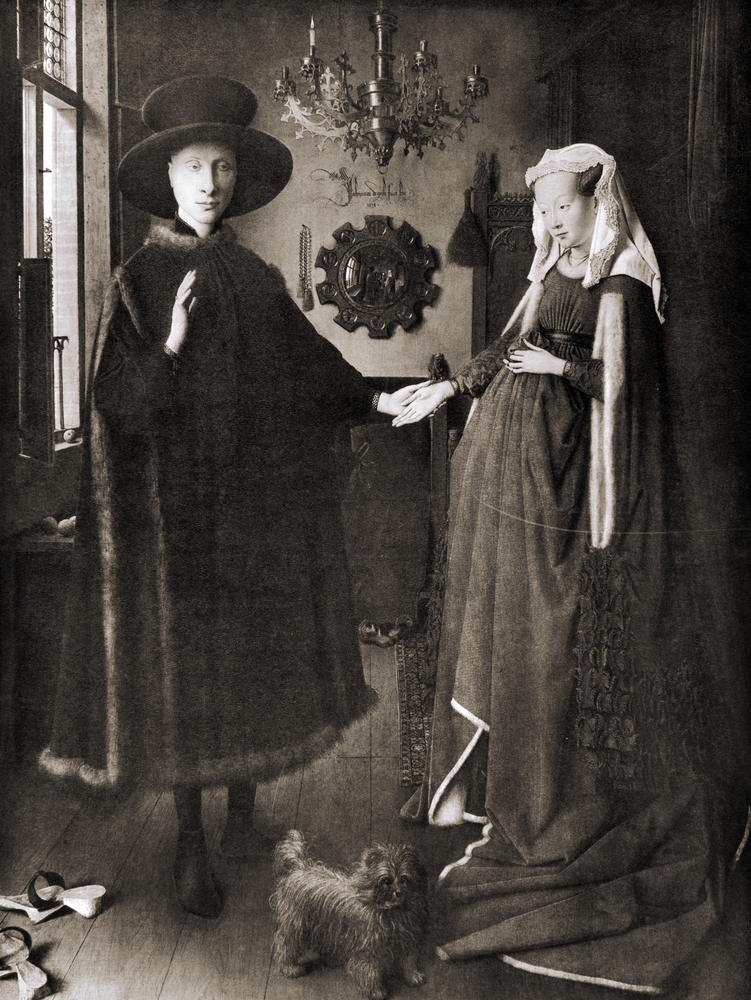
This painting is renowned for its detailed representation and the use of symbolism. The mirror in the background, the dog at the couple’s feet, and the single candle burning in the chandelier are all elements loaded with meanings, reflecting themes of wealth, fidelity, and the sanctity of marriage.
American Gothic (Grant Wood)
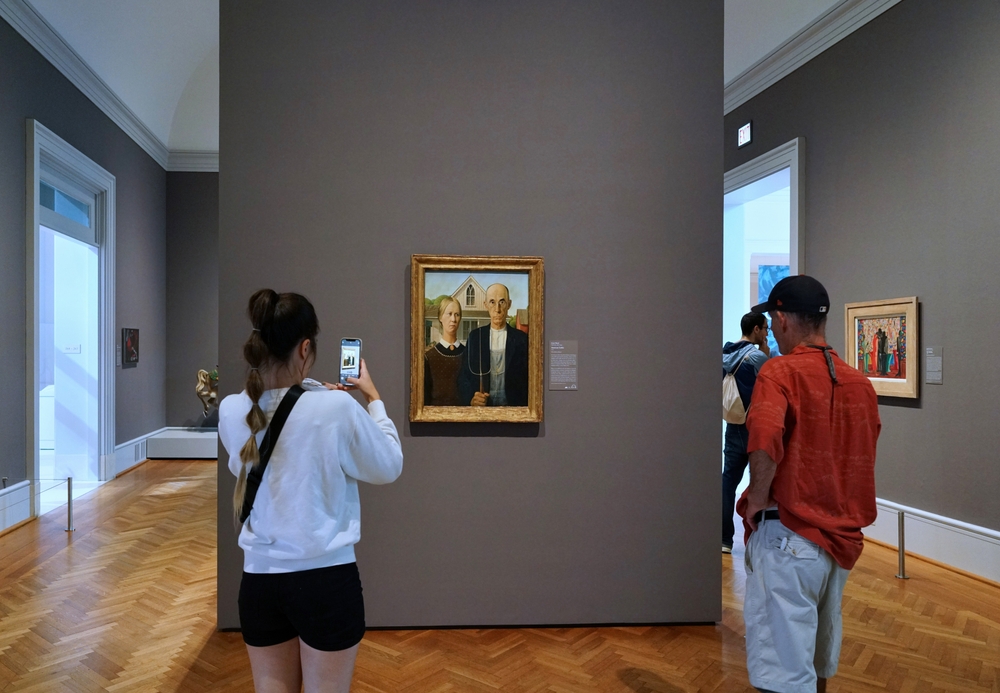
The stern expressions of the figures and the rural American backdrop symbolize the traditional values and the hardworking spirit of the American Midwest. Some interpretations suggest the painting subtly critiques these traditional values or reflects the socio-economic realities of the time.
The Persistence of Memory (Salvador Dalí)
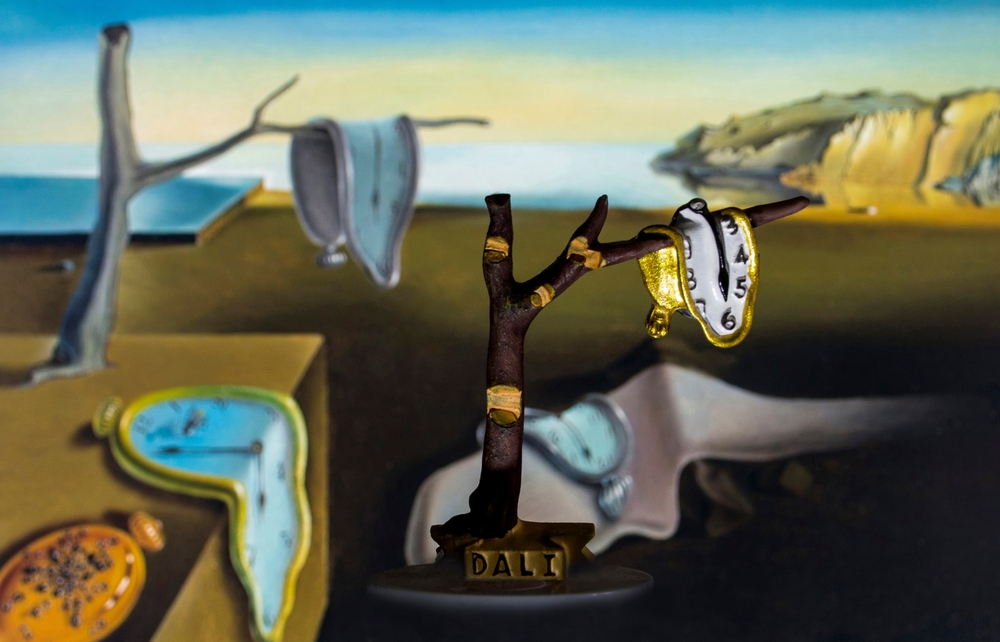
Featuring melting clocks in a surreal landscape, this painting is often seen as an exploration of the concept of time. Dalí’s use of soft, fluid watches suggests the relativity of time and the distorted perception of reality in dreams.
The Girl with a Pearl Earring (Johannes Vermeer)

Often referred to as the ‘Mona Lisa of the North,’ this painting captivates with the girl’s enigmatic look and the luminescent pearl earring. The simplicity of the background and the focus on the subject has led to various interpretations of her identity and the painting’s meaning.
The Kiss (Gustav Klimt)
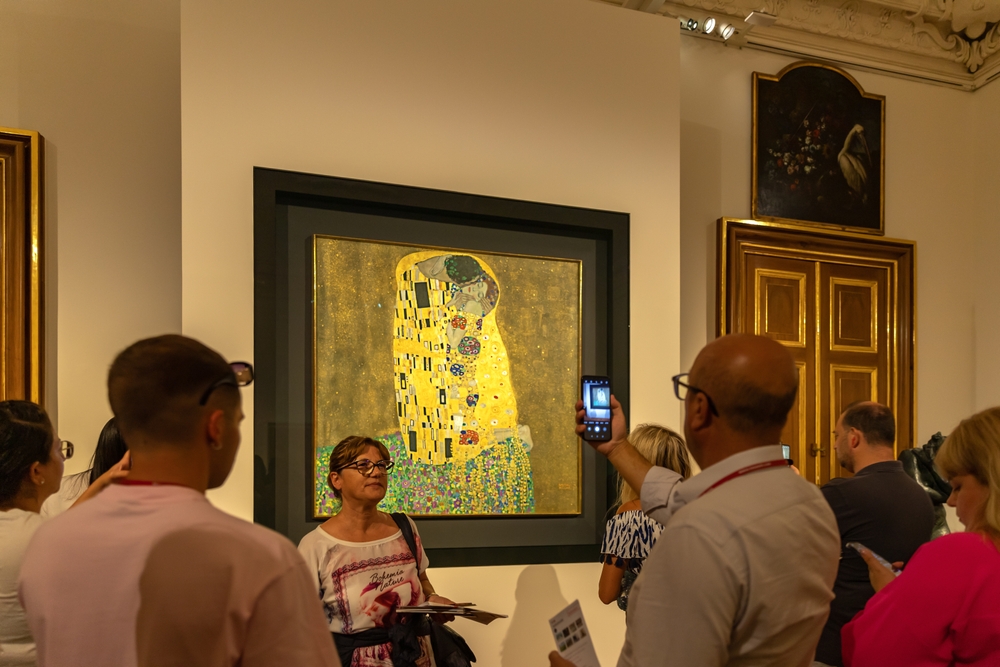
This painting, with its use of gold leaf and intricate patterns, is a celebration of love and intimacy. The figures are entwined in elaborate robes that blend into the golden background, symbolizing the unity and timeless nature of love.
This article originally appeared on UnifyCosmos.
More from UnifyCosmos
23 Unbelievable Facts About Animals That You Never Learned in School

Did you know that some birds can sleep while flying, or that a shrimp’s heart is located in its head? Prepare to be amazed as we delve into the fascinating and often unbelievable world of animals, uncovering incredible facts that were never taught in school. Read More
22 Ways Baby Boomers Become Poor in Retirement

Many baby boomers look forward to retirement as a time of leisure and freedom, but for some, financial stability during these years is not guaranteed. This article explores the key ways in which baby boomers can find themselves struggling financially in retirement, from insufficient savings and the rising cost of healthcare to unexpected expenses and a lack of financial planning. Read More
13 Books That Will Haunt You Long After Reading

In the labyrinthine corridors of literature, there exist books so profoundly unsettling that they transcend mere storytelling to become experiences that leave indelible marks on the psyche of their readers. From visceral horror to haunting psychological explorations, these books unveil the darker aspects of human nature and society, often leaving readers grappling with awe, disgust, and deep introspection. Read More
Leave a Reply